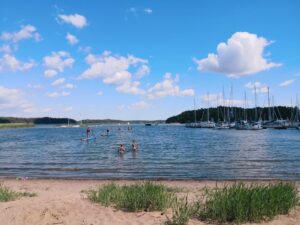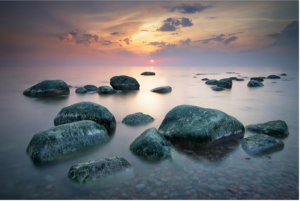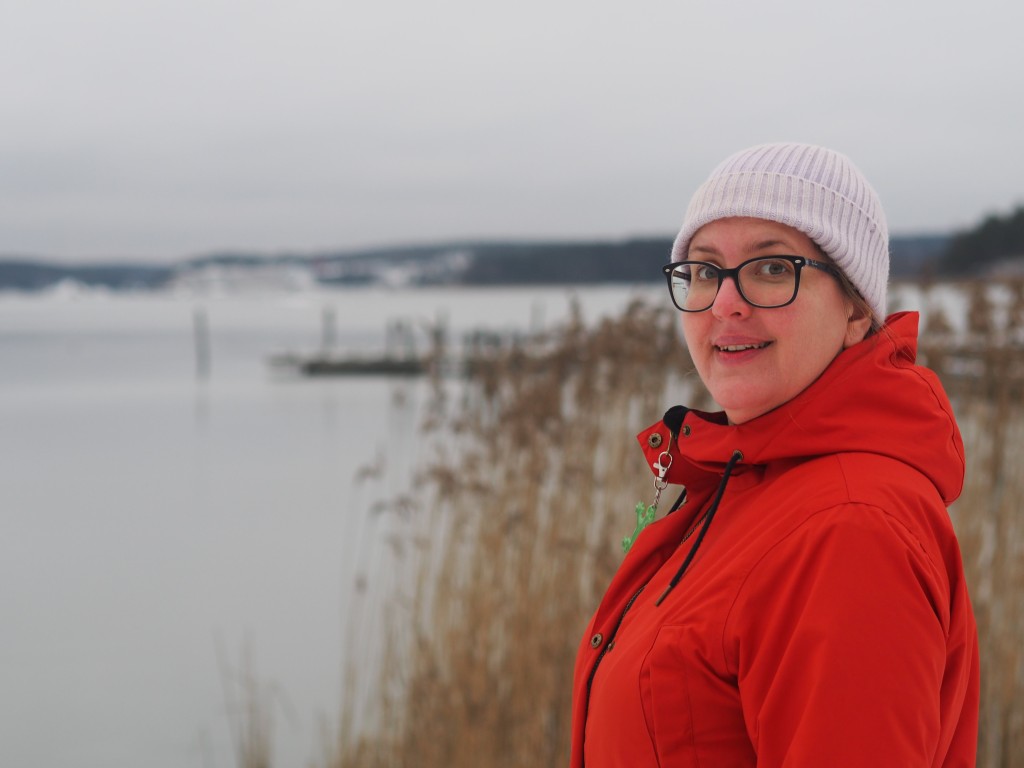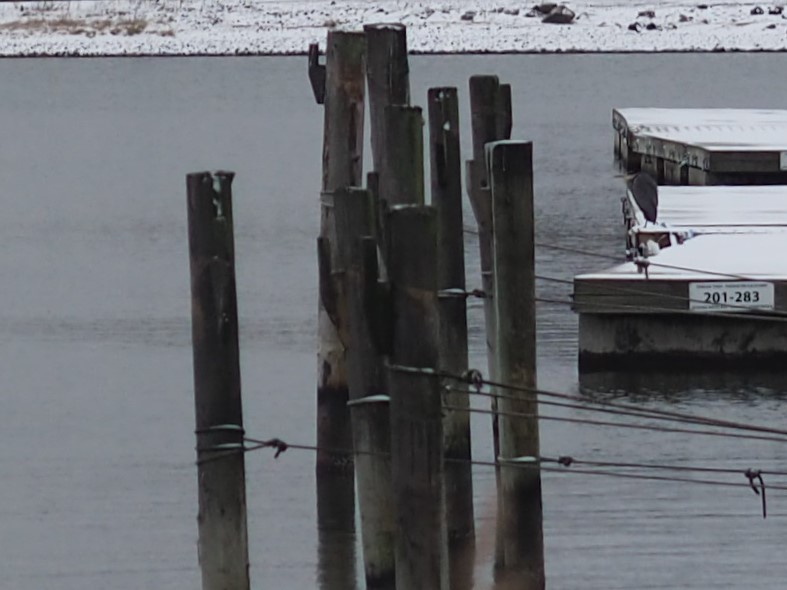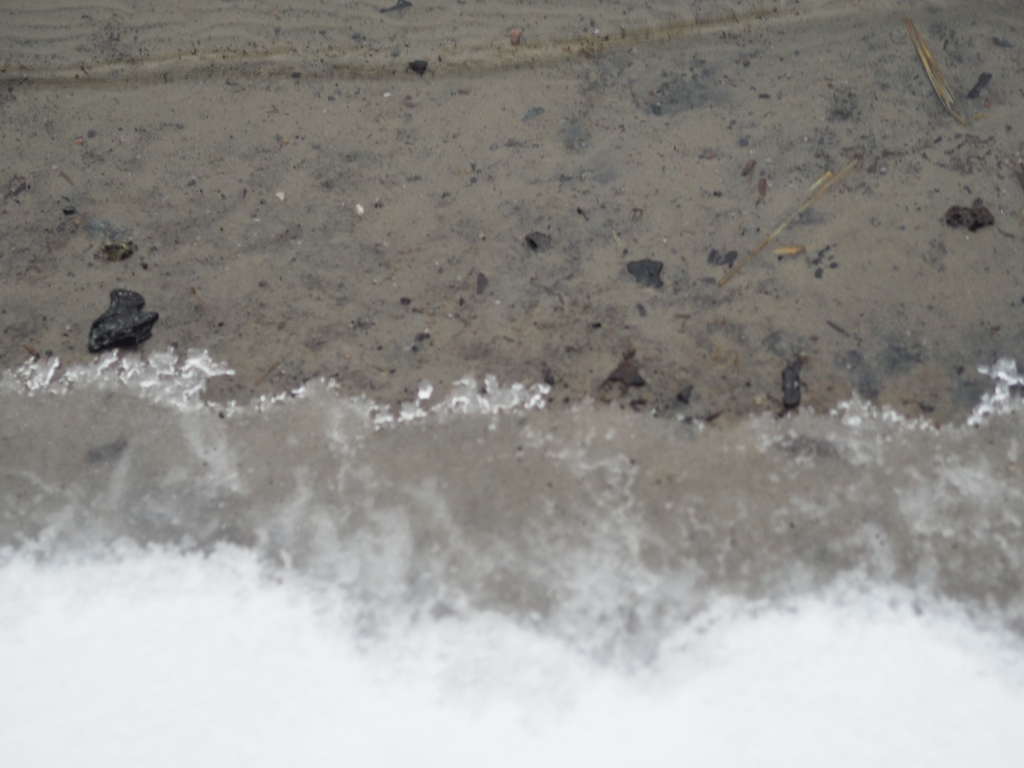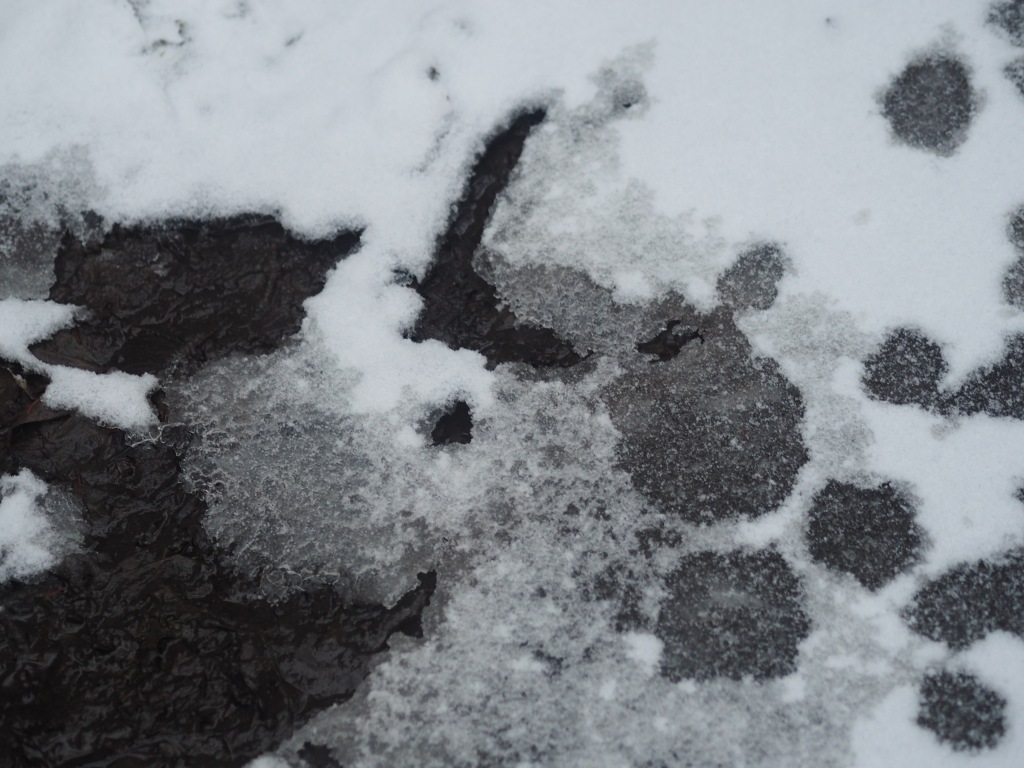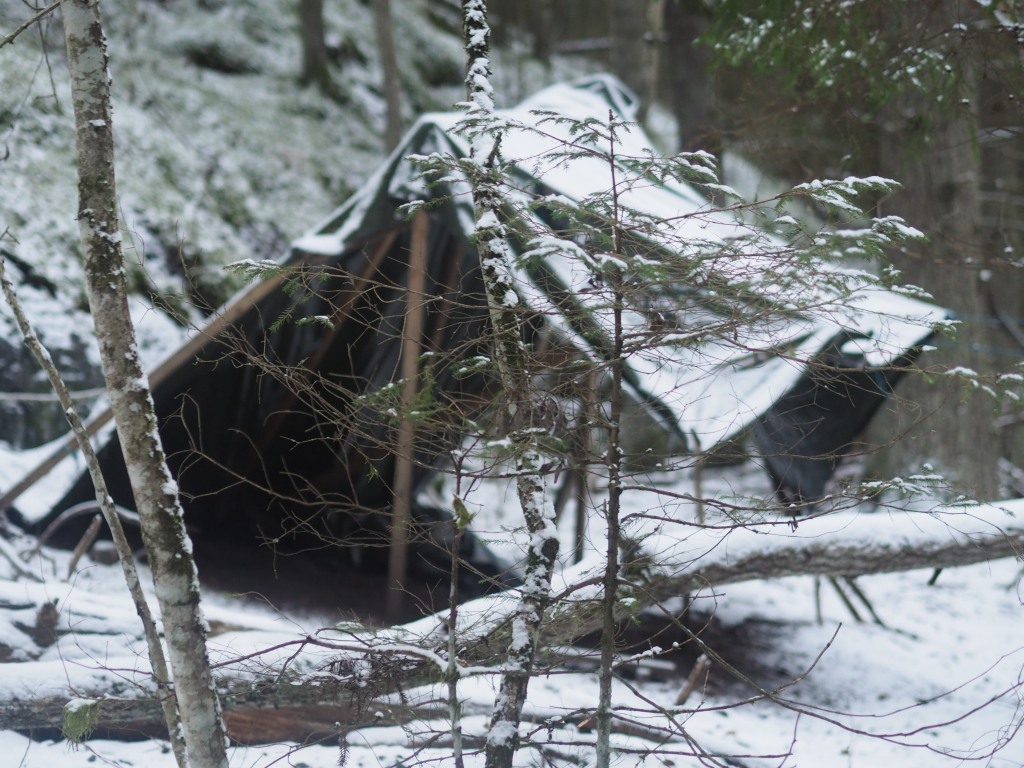Early this year, our SeaHer-project advertised a photo and text competition aimed at getting people to send us a photo and supporting text, with the theme of environmental heritage related to the Baltic Sea. We received a total of twenty three entries, from contestants with a wide range of ages including the winners ages 27 and 66 years old. Contestants hailed from all around the Baltic Sea, including Latvia, Russia, Lithuania, Sweden and Finland . These entries were coded for anonymity by one of the project competition organizers, Savitri Jetoo, who was the only one who knew the names and unique identifier of each entry. This meant that for the objectivity of the judging process, she was not one of the judges. All the judges did not know any personal detail of the competition entrants but only a coded identifier. The judging panel consisted of other SeaHer project team members (Jaana Kouri, project researcher, Nina Tynkknen, the leader of the SeaHer project, Silja Laine, the project researcher) and Niclas Rantala, the photographer and researcher. Their job seemed simple enough, to select the winning photos and texts. The coded photos and text were with this judging panel for a period of one and a half months, which gave them time to study the entries and form their initial impressions before they met.
When meeting, the panel first discussed the principles for choosing the winning photos. It was considered an important criterion that the proposal responded in some way to the ideas expressed by the announcement, i.e. what environmental heritage means to the entries themselves. Secondly, the announcement of the competition also emphasized the changes in the Baltic Sea. Additionally, the photo was to be taken by the participant him/herself.Due to the participation of the contest with the photo and the text, the panel decided to evaluate the photo and text together. Primarily, the winner was sought from among the photos and then assessed how the text complemented the image. Photographic features such as composition were also discussed.
These criteria alone did not give the chance to win the pad, and the individual winner images did not have all these features. All the judges had their own nomination for the winner. But the final decision was unanimous, albeit the result of compromises. This compromise was due to the high quality entries and we would like to thank all the applicants to this competition for sharing your story of the Baltic Sea with us through your text and photos.
As winners, we selected the following images and their text, which are below with the reasoning written by the panel.
Photo and text I: Misty future with algae
![]()
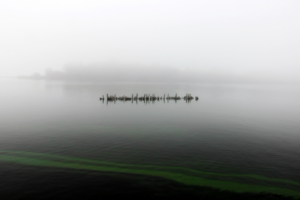
The Vistula (Kaliningrad) Lagoon is a shallow lagoon separated from the Baltic Sea by a sand spit. Communication with the sea is carried out through the only narrow strait – the Strait of Baltiysk. The aquatic ecosystem of this reservoir is unusual. It is simultaneously influenced by the brackish waters of the Baltic Sea and the fresh waters of rivers flowing into the lagoon, primarily the Pregolya River. For this reason, depending on the direction and intensity of the winds, either the influence of fresh waters entering the lagoon together with the river runoff, or the influence of sea waters, which causes significant changes in salinity, may prevail at different times. This feature determines the high biological diversity of aquatic organisms (organisms that live in water). For example, here you can find typical marine inhabitants such as cod, mussels and sea acorns (balanus), and at the same time freshwater organisms: pike perch, bream, pondweed, pearl shells. Along with freshwater and marine species, there are organisms that thrive both in fresh water and in the coastal waters of the brackish Baltic, for example, the zebra mussel, and the small stickleback fish. The rich and varied underwater world of the Vistula (Kaliningrad) Lagoon has the same problems as the entire Baltic Sea. Along with the penetration of invasive species into the aquatic ecosystem of the lagoon, that changes the existing relationships between aquatic inhabitants, the most significant problem is anthropogenic eutrophication. The active development of agriculture (fertilization, cattle grazing) in the catchment area, pollution of rivers with municipal and industrial wastewater – all this leads to an excess flow of nutrients into the lagoon. The most significant in this case is the intake of various compounds of nitrogen and phosphorus. Compounds of nitrogen and phosphorus act as fertilizers for planktonic microalgae, in the warm season they give a strong outbreak of numbers, called the term “algal bloom”. The manifestation of such blooming can be seen in the presented photograph, it looks like long stripes of various shades of green. Flowering begins first in small bays protected from the wind, and with a further increase in water temperature, it can spread to the entire area of the reservoir. The most dangerous are blue-green algae. They are capable of poisoning water and other aquatic organisms with toxins during mass development. And in case of mass dying off, decomposing they contribute to the absorption of dissolved oxygen from water, causing its deficiency. Reducing the anthropogenic input of nitrogen and phosphorus into water bodies is an urgent task of our time. A dying body of water is not only a problem for fish, but also for public health, economic and social development. And the solution to this problem cannot be postponed, it must be solved during the lifetime of the present generation.
The panel’s reasonings for selection: Photo and text I
The image is visually impressive and beautiful. This is an image that one can get lost in. There are many layers of detail even though the picture was taken in a misty landscape. The misty connects water and sky, water is everywhere. The colors chord nicely with each other. The green mass of the algae leads the observer nicely into the picture and the wooden structure and its reflection looks like a soundwave, a message perhaps? The fiery landscape picture and the algae of the foreground create a fine contrast. The composition of the photograph is good.
The image depicts the environmental history of the Baltic Sea, e.g. pollution and awareness that there are a lot of dumped /forgotten things under water. It is a problem man have to solve before reaching the possible future. The island that is obscured by the mist gives a sense of mystery and not knowing what the future holds. At the same time, it is as if the time is stopped, stagnated, in the photo.
The image and text are complementary. Although the image is timeless, the text is strongly in the present describing the local conditions of the Vistula lagoon as part of the Baltic Sea and its fauna.
The romantic, misty landscape and the green stripe of algae on the foreground create an impressive contrast. The picture refers to the duality of the cultural heritage of the Baltic Sea environment. Alongside the admiration for landscape, nature, and art related to it, runs climate and environmental change and the history that has enabled it. Even the green stripe is beautiful. Thus, the image raises ethical questions about beautiful landscapes: are we allowed to enjoy a landscape stained by algae?
The photo and text II: Rubbish at the shore
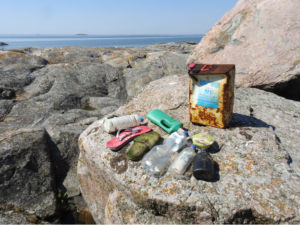
![]()
The outermost islands of the Archipelago Sea that I love very much are polluted by plastic and other trash from all over the world. My eyes opened to this situation not until a few years ago – before that, I was just kicking plastic bottles lying on strands, maybe picking up some interesting item and then throwing it back. When I finally saw what the situation is, it was time to begin collecting trash from these desolate places during late summer when the nesting time of sea birds was over. There are very few people visiting these places (which is as such good for the sensitive nature), so PET bottles, plastic wraps, plastic bags, pieces of ropes and so on can accumulate on the shorelines over a long time, gradually disintegrating into microplastics if no one picks up them. I’ve also found various sorts of pill boxes, medical equipment, rusty oil barrels, refrigerators, and a TV set, all washed ashore. In an attempt to probe this further and to raise awareness of the situation, I’ve started an Instragram account with photos on plastic items for which the land of origin can be identified. Naturally enough, these are mostly from the nations sharing the Baltic shoreline, but there is also quite a few things from far-way places, probably thrown to the sea from visiting freight ships. The photo shows a catch from one of the outermost small islands. This is luckily enough a small catch, but there are many places that look much worse. Not all is just sad trash here – when you look closely, you see that there is a message in a bottle…
The panel’s reasonings for selection: Photo and text II
This image depicts the active role of the human being in both trashing and cleaning the sea. The text and the image complement each other well. The story and image tell about the personal relationship with the sea. In the image there are many levels: a rugged, rocky island, colourful culture products of man, and a misty horizon. The editing of the photo is excellent.
The image represents the tradition of everyday photography, whose purpose is not so much to aesthetize the landscape as it is to document and record the everyday life and surroundings. It invites the viewer to focus on the details of plastic debris found on the shore, and ponder how carelessly people treat their belongings. How can someone lose a sandal? What happened?
The image reminds us that taking care and picking up the plastic garbage is something that many people do when spending time by the sea. In doing so, it points to the future by raising the question about what happens next. Who will pick up the garbage from the sea? Who will take it away? Where will it go from here?
The image also serves as a reminder that being by the sea often involves just collecting garbage. It is the cultural heritage of the modern era that we are transmitting into the future. The picture also hints at the future, as it raises the concrete question of what happens next to the garbage. One of the bottles seems to contain a letter. It’s a message from the past to the future, hopefully full of hope. It is referring to the writer’s responsible acts of collecting trash.
There is a looming of an island on the horizon, or as a mirror image of the island on the front, and that could be thought of as symbolizing the unknown, hopefully cleaner and fresher future, even the future now seems to be blurry.
We thank everyone involved in the competition for their lovely photos and insightful texts! Please stay tuned to our blog, as we plan on featuring stories from other entries to the competition here.
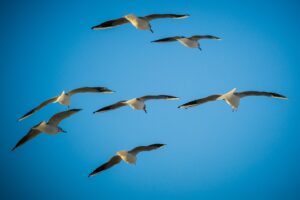
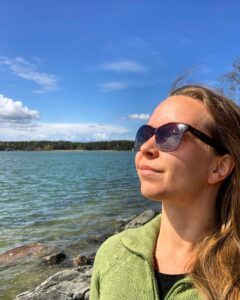 Finland. After the ban on environmental toxins, the population began to grow. In 2019, 558 eagles hatched. Four eagles were flying in my background as this picture was taken, and it was another kind of a wake-up call to realize that times have changed for the better for sea eagles. That gave me hope about a cleaner future for the Baltic Sea and us humans who find it dear, too.
Finland. After the ban on environmental toxins, the population began to grow. In 2019, 558 eagles hatched. Four eagles were flying in my background as this picture was taken, and it was another kind of a wake-up call to realize that times have changed for the better for sea eagles. That gave me hope about a cleaner future for the Baltic Sea and us humans who find it dear, too.